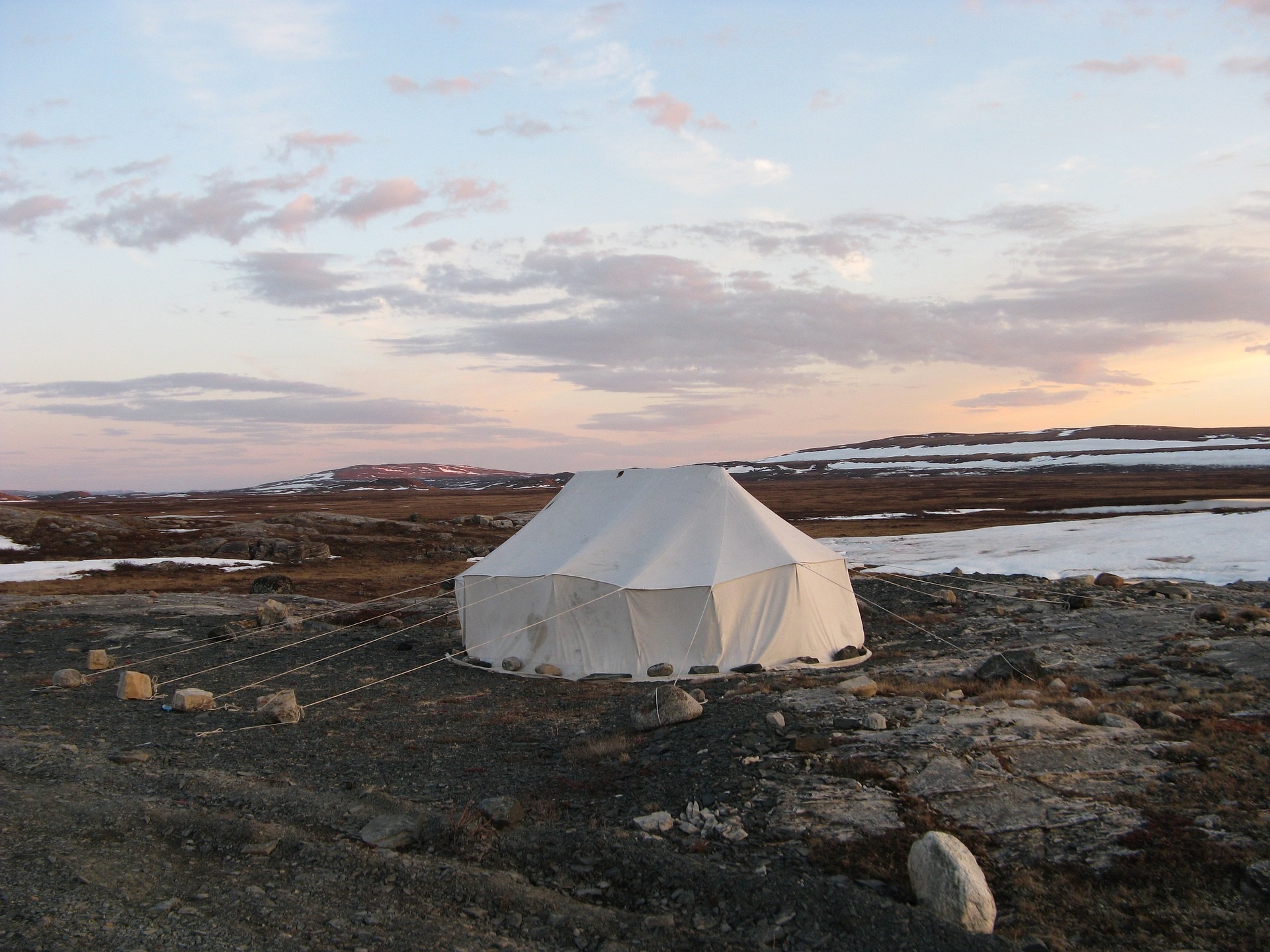Resource on Indigenous Health

Credit : https://pixabay.com/photos/vancouver-canada-stanley-park-3885655/
As medical laboratory professionals, we know that to deliver the right patient care, we need to know the basic facts of our patients. When it comes to Indigenous Peoples living in Canada, knowing the facts is more important now than ever. As your national organization, we encourage each of you, our members, to learn more about Indigenous Peoples — histories, cultures, contributions, and current issues — to drive reconciliation and provide better care.
This page provides information, tools and resources on Indigenous culture, health, terminology, and more to help you take the next step of your learning journey.
*Please note, the views expressed in the resources below do not necessarily reflect those of the CSMLS. Any resources available for a fee or for purchase are in no way affiliated with CSMLS.
In Canada, “Indigenous Peoples” is a collective term for the many and diverse groups of people who originally lived in what we now call North America, as well as their descendants. There are three groups of Indigenous Peoples: First Nations, Inuit, and Métis. Learn more about these distinct groups, each with unique cultures, histories, languages and practices, through the resources below.

Kingsclear First Nation Band – New Brunswick
Photo courtesy S. Travale
Land Acknowledgements
Land acknowledgements are often said before a meeting, function, or other public event. They are meant to acknowledge the Indigenous Peoples who call the land and waters on which the event is being held as home, as well as prompt us to reflect upon the complex colonial history of the area and our present treaty duties.
We respectfully acknowledge the CSMLS office, located in Hamilton, Ontario, is situated upon the traditional territories of the Haudenosaunee Confederacy, the Mississauga Nation, Anishinaabe Peoples, and the Neutral Peoples. This land is covered by the Dish With One Spoon wampum, which is a treaty between the Haudenosaunee and Anishinaabe to share and care for the resources around the Great Lakes. We further acknowledge that this land is covered by the Between the Lakes Treaty No. 3, 1792, between the Crown and the Mississaugas of the Credit First Nation.
Providing conscientious, compassionate, and equitable care to all patients is expected behaviour under the CSMLS Code of Ethics. To do so, medical laboratory professionals should understand the unique conditions and challenges that First Nations, Inuit, and Métis individuals face within health care. The following are resources related these challenges, as well as projects and information for better care.

Credit : https://pixabay.com/photos/first-nation-headdress-feather-908604/
Language is fluid and constantly changing; Canada is still working to figure out the best language and terminology to respectfully recognize all First Nations, Métis and Inuit. Here you will find resources on appropriate terminology.

Credit : https://pixabay.com/photos/lake-louise-canada-landscape-1761286/
Knowing the historical, social and political context of Indigenous Peoples and the relation with Canada is key to understanding the present and current events. The following are news outlets and educational resources to help you learn more about Indigenous Peoples in Canada and better understand historical context and cultural perspectives.

Credit : https://pixabay.com/photos/tent-inuit-canvas-traditional-1817993/